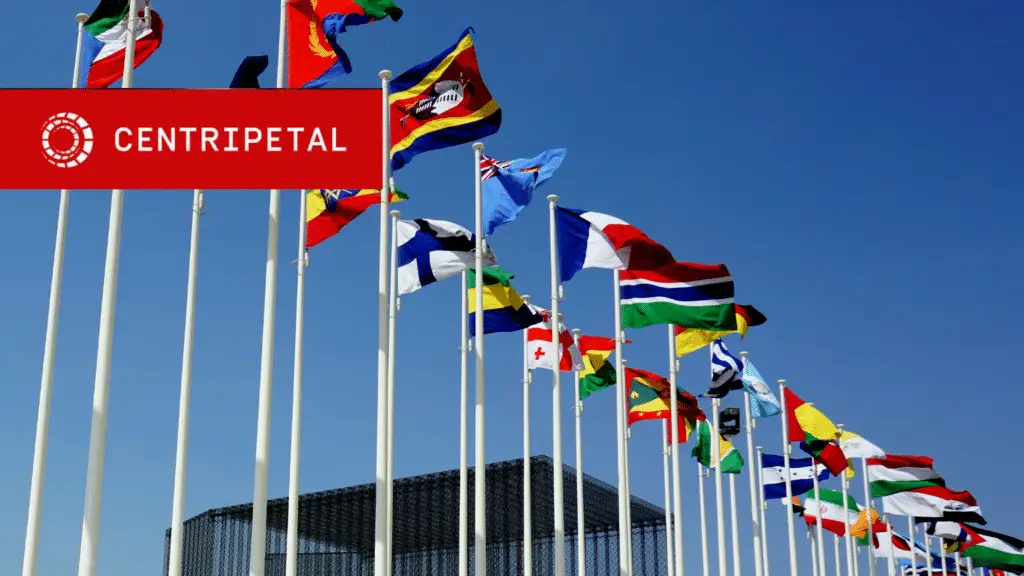Cyber attacks from nation-state actors, terrorist groups, criminal organizations, and hacktivists have been a growing concern for years. The increase in attack frequency, threat complexity, and the seriousness of national security and the economic implications have made cyber attacks one of the biggest threats to nations and their governments. The U.S government allocated around $18 billion for cybersecurity spending in 2021, however with the COVID-19 pandemic escalating geopolitical and economic tensions, cyber attacks are increasing. In fact, global government organizations account for 13% of all ransomware attacks.
Government information has become extremely precious to the right people. Where traditional hacking looks to steal credit card details or personal information, government hackers are looking for more substantial information like government intelligence or military plans. Because this data is so valuable, the hackers targeting global governments have infinite time, money, resources, and use the latest technologies. It’s their full-time job to make sure they’re constantly looking for cyber breach opportunities.
The global pandemic has dramatically increased our dependence on everything digital. And with remote working becoming integral to individuals and businesses, including within government organizations, our reliance on digital technologies is only going to continue. Few government jobs involve sitting at the same desk each day, meaning workers often log in to multiple devices from multiple locations, needing to access confidential files. This digital connectivity enables collaborative and productive working in this fast-paced sector, but networked ecosystems like those within governments open up networks to potential cyber attack.
Recent events such as the Russian state-sponsored attack of the U.S federal government in 2020 illustrated that the vulnerabilities of one organization often threaten its clients and partners by moving quickly between public and private networks, particularly in highly connected government ecosystems. Additionally, government staff are often burdened with heavy workloads and don’t have the time to learn cybersecurity best practice or assess and verify log-in attempts when staff numbers are in the thousands, spanning multiple departments and external third parties.
Unfortunately, there is no end in sight to the ‘trade wars’ and ongoing tech arms race between the world’s superpowers, raising the stakes of state-sponsored cyber attacks between nations. In the last few months alone, the Chinese government is suspected of hacking U.S election candidates’ private emails, the Norwegian parliament experienced a significant email data breach, and a Russian hacking group launched a phishing attack attempting to disrupt Ukraine’s independence day.
With government staff focused on their primary role, cybersecurity is often an afterthought. Global governments need their cybersecurity practices and solutions to be as efficient as possible, fitting into their existing systems seamlessly. To supplement traditional layers within their security stack, governments around the world are starting to prioritize advanced threat intelligence, as seen in the UK’s Cyber Security Information Sharing Partnership.
Cyber Threat Intelligence Feeds
Centripetal’s CleanINTERNET solution aggregates over 3,500 cyber threat intelligence feeds for your business, shielding ‘all risk’ threats automatically and delivering personalized threat intelligence insights to you and your team. For large organizations such as governments, we act as an extension of the cybersecurity team, alleviating the burden on staff, bridging the cybersecurity skills gap, and making existing security tools more viable. CleanINTERNET saves millions of dollars on separate cyber threat intelligence feeds, offering visibility of cyber threats across distributed systems and making us one of the best solutions for government organizations.
